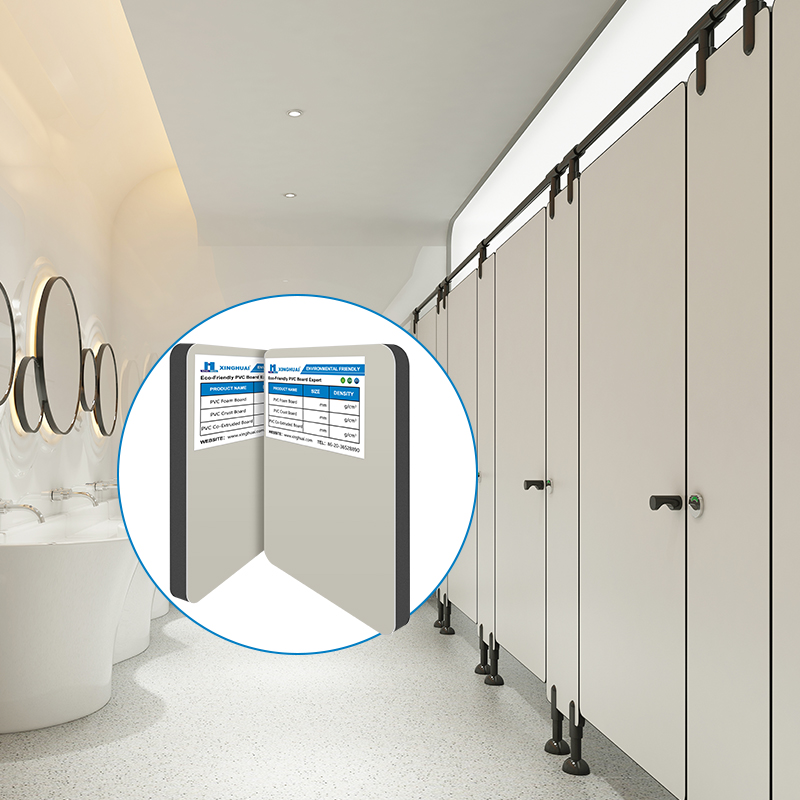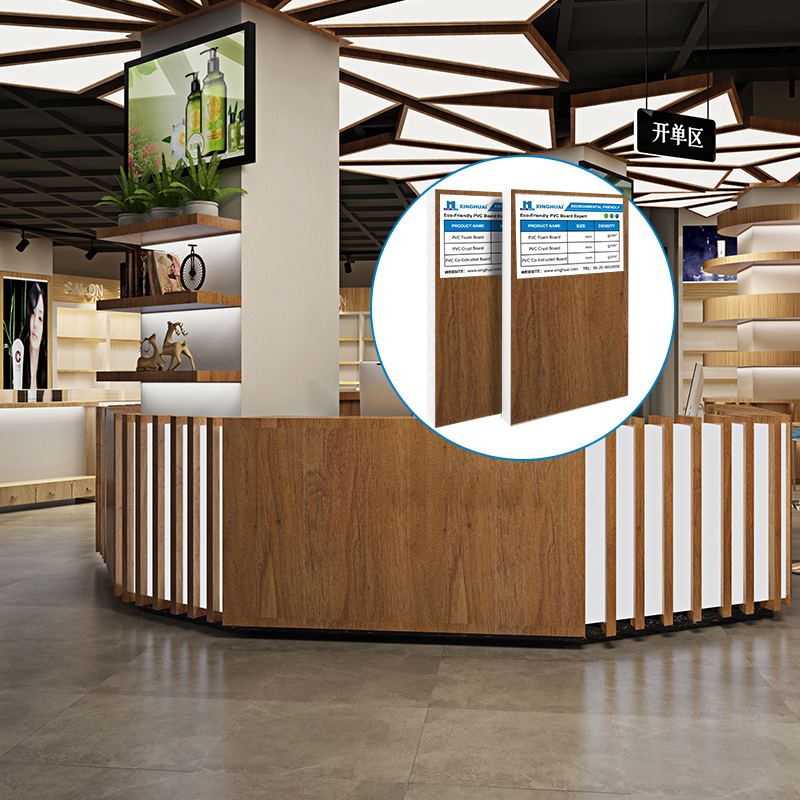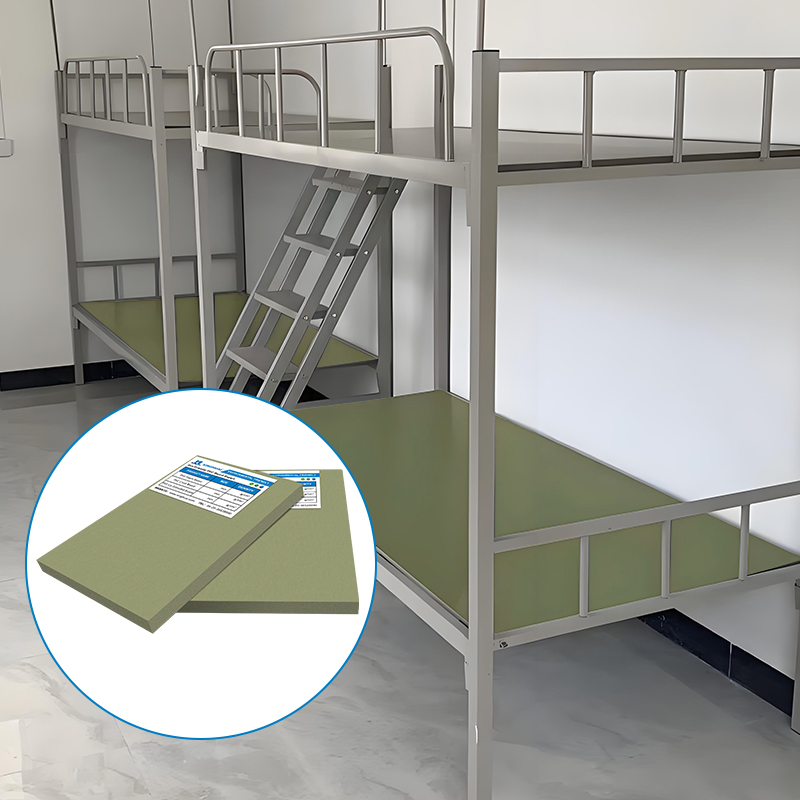The surface finish of PVC foam boards plays a critical role in determining the quality and durability of the painting effect. Among the various types of PVC foam boards, including large PVC boards, PVC rigid boards, PVC hard foam boards, PVC foam core sheets, and PVC foam board sheets, the surface texture directly influences paint adhesion, color vibrancy, and long-term performance. This article explores how different surface finishes impact painting outcomes across these categories.
1. Large PVC Boards and Surface Finish
Large PVC boards are widely used in construction, signage, and interior design due to their size and versatility. The surface finish of a large PVC board determines how well paint bonds to its surface. A smooth finish on a large PVC board may require less preparation but can lead to poor adhesion if the paint lacks proper bonding agents. Conversely, a textured finish on a large PVC board enhances paint grip, reducing the risk of peeling or flaking. Manufacturers of large PVC boards often offer options with matte, glossy, or embossed finishes, each affecting the painting process differently. For instance, a matte finish on a large PVC board absorbs paint more evenly, while a glossy finish may require sanding to improve adhesion.
2. PVC Rigid Boards and Paint Compatibility
PVC rigid boards are known for their structural stability and resistance to deformation. The surface finish of a PVC rigid board is typically smoother than that of a PVC hard foam board, which can impact paint absorption. When painting a PVC rigid board, a primer is often necessary to ensure the paint adheres properly. Without proper surface preparation, a PVC rigid board may exhibit uneven color distribution or poor durability. Additionally, the rigidity of a PVC rigid board means it is less likely to warp, but a smooth finish can still pose challenges if the paint is not formulated for PVC surfaces.
3. PVC Hard Foam Boards and Textured Surfaces
PVC hard foam boards are lightweight yet durable, making them ideal for applications requiring strength without excessive weight. The surface finish of a PVC hard foam board is often slightly rough, which enhances paint adhesion. However, if the PVC hard foam board has a glossy or sealed finish, sanding may be required to create a suitable surface for painting. The porous nature of a PVC hard foam board allows paint to penetrate deeper, resulting in a more durable finish. When selecting a PVC hard foam board for painting, choosing one with a matte or textured surface can simplify the process and improve results.
4. PVC Foam Core Sheets and Paint Absorption
PVC foam core sheets are commonly used in advertising displays and model making due to their lightweight construction. The surface finish of a PVC foam core sheet varies from smooth to slightly rough, depending on the manufacturing process. A smooth PVC foam core sheet may require a bonding primer to ensure paint adheres properly, while a rough-finished PVC foam core sheet can accept paint more readily. The core material of a PVC foam core sheet also influences paint absorption; a denser core may result in less absorption, requiring thinner coats of paint.
5. PVC Foam Board Sheets and Surface Preparation
PVC foam board sheets are versatile and available in various finishes, including matte, glossy, and textured. The surface finish of a PVC foam board sheet significantly impacts the painting effect. A glossy PVC foam board sheet may repel paint if not properly primed, leading to streaks or uneven coverage. In contrast, a matte PVC foam board sheet provides a better base for paint, allowing for smoother application and longer-lasting results. Textured PVC foam board sheets are particularly suitable for applications requiring a non-slip or decorative finish, as the texture helps paint adhere more effectively.
Comparative Analysis of Surface Finishes
When comparing large PVC boards, PVC rigid boards, PVC hard foam boards, PVC foam core sheets, and PVC foam board sheets, it is evident that surface finish plays a universal role in painting success. A smooth finish on any of these boards may require additional preparation, such as sanding or priming, to ensure paint adheres properly. Textured finishes, on the other hand, enhance paint grip and reduce the need for extensive surface treatment.
For large PVC boards and PVC rigid boards, a matte finish is often preferred for painting, as it minimizes reflections and provides a consistent base. PVC hard foam boards and PVC foam core sheets benefit from a slightly rough finish, which improves paint absorption and durability. PVC foam board sheets are available in a wide range of finishes, making them suitable for diverse applications, but choosing the right finish for the intended paint type is crucial.
Conclusion
The surface finish of PVC foam boards, whether they are large PVC boards, PVC rigid boards, PVC hard foam boards, PVC foam core sheets, or PVC foam board sheets, has a profound impact on the painting effect. A smooth finish may require additional preparation, while a textured finish enhances adhesion and durability. By selecting the appropriate surface finish and following proper painting techniques, users can achieve high-quality, long-lasting results on any type of PVC foam board. Understanding the unique properties of each board type—large PVC board, PVC rigid board, PVC hard foam board, PVC foam core sheet, and PVC foam board sheet—is essential for optimizing the painting process and ensuring a professional finish.
In summary, the surface finish of PVC foam boards is a critical factor in painting success. Whether working with large PVC boards, PVC rigid boards, PVC hard foam boards, PVC foam core sheets, or PVC foam board sheets, selecting the right finish and preparing the surface properly will lead to superior results.




